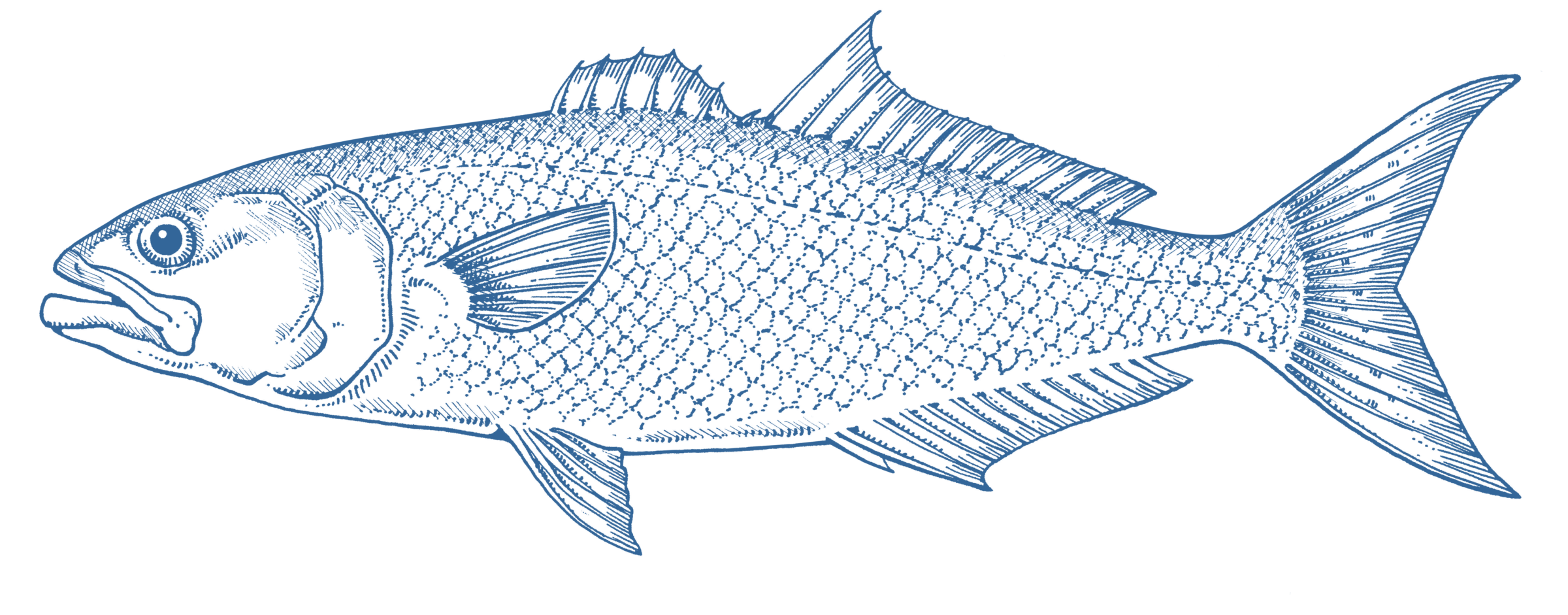The Criteria
AMCS GoodFish Aquaculture Assessment Criteria
Our updated 2021 AMCS GoodFish Aquaculture Assessment Criteria can be found here. These criteria set the standard under which the farmed seafood in our GoodFish Sustainable Seafood Guide is assessed.
AMCS GoodFish Wild Capture Assessment Criteria
Our updated 2021 Wild Capture Assessment Criteria can be found here. These criteria set the standard under which the wild-capture fisheries found in our GoodFish Sustainable Seafood Guide are assessed.
Development
AMCS has taken a global review of seafood guide assessment methodologies and criteria, including those from the UK, America, Canada and New Zealand. This review process was used to inform, review and update the methodology we use to assess the sustainability of Australian and imported farmed and wild caught seafood.
The Assessment Process
Assessments have been conducted on the major species of seafood caught and farmed in Australia, as well as the main seafood imported into Australia. The individual fishery or farming method is assessed against the AMCS criteria, which results in an overall rating of the following:



Wild Capture Assessment Criteria
Wild capture fisheries are assessed against four overarching criteria that define how much impact a fishery has on the target species and wider marine environment:
1. Stock status of the target species
2. Bycatch, byproduct and discard concerns (see definitions)
3. Habitat and ecosystem impacts
4. Management and effectiveness of management measures
Within each of these categories, a number of sub-criteria are used to refine the analysis of fishery impacts. A sustainability rating (green, amber or red) is assigned for each of these sub-criteria and the final rank is a result of either the cumulative impacts of the whole fishery in which the species is caught, or is determined due to a specific significant issue.
For example, if fishery reports show that the population of a threatened or protected species is in further decline as a result of fishing activity, the fishery is ranked as ‘Say No’. Similarly, if a species is defined as ‘overfished’ AMCS recommends that the species is not a sustainable choice.

Aquaculture Assessment Criteria
Farmed seafood is assessed against three overarching criteria that define how much of an impact the method of farming has on the marine environment:
1. Use of marine resources
2. Risk to wildlife and wild fisheries
3. Impacts on the natural environment
Within each of these categories, a number of sub-criteria are used to provide a more refined analysis of farming impacts. A sustainability rating (green, amber or red) is assigned for each of these sub-criteria and the final rank is produced as a result of either the cumulative impacts of the whole farming process, or is determined due to a specific significant issue. For example juvenile southern bluefin tuna are caught in the wild and then grown to market size in ranching operations; as the wild caught tuna are juveniles caught from an overfished wild population, farmed southern bluefin tuna is ranked ‘Say No’.
For more information, see wild capture fisheries and aquaculture production.